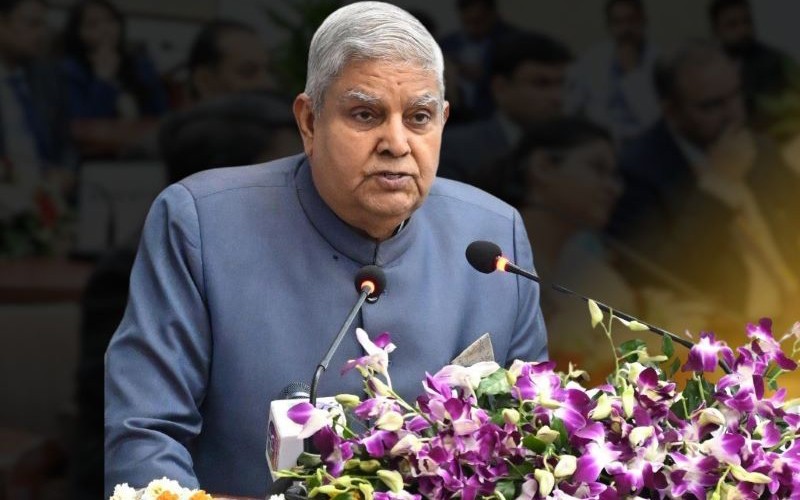Gateway to Ladakh: The heroic capture of Zoji La

In a riveting session at the Military Literature Festival, Lieutenant General NS Brar, former General Officer Commanding 10 Corps, shed light on a pivotal chapter of the 1947-48 war, emphasizing the strategic importance of the capture of Zoji La.
The pass, nestled on the Srinagar-Leh highway, played a crucial role in safeguarding Kargil, Dras, Leh, and Siachen. Without its capture by Indian forces, these territories would have been lost.
The journey to secure Zoji La was far from easy. Two previous attempts had failed, and it wasn’t until the winter of 1948 that Indian forces, operating in adverse weather and challenging conditions, managed to seize the pass.
General Brar underscored the outstanding contribution of the Indian Air Force (IAF) during this operation. At that time, the IAF had just one transport squadron with a mere three serviceable Dakotas, yet it played a vital role in airlifting men and equipment to Kashmir.
One of the most formidable challenges faced during the operation was the transportation of tanks from Jammu to Srinagar. This marked the first instance in history that tanks were employed at such high altitudes. The bridges en route were unable to withstand their weight, prompting the tanks to be dismantled and reassembled at the base of Zoji La. The mule track leading to the pass was widened to accommodate these heavy war machines.
Historians and authors, Col Ajay Singh and Sagat Shaunik, delved into the tactical details of the operations during the session. They focused on the exemplary leadership and performance of the officers and men who braved the battlefield.
Zoji La, marking the end of the conifer-clad mountains of the Kashmir Valley, was captured just a day before the 1948 war ceasefire came into effect. This timely victory enabled India to retain control of territory that would otherwise have slipped into Pakistani hands. The session highlighted the resilience, determination, and strategic brilliance that defined the capture of Zoji La, forever etching it in the annals of India’s military history.
(Photo and text courtesy: Khalsavox.com)





